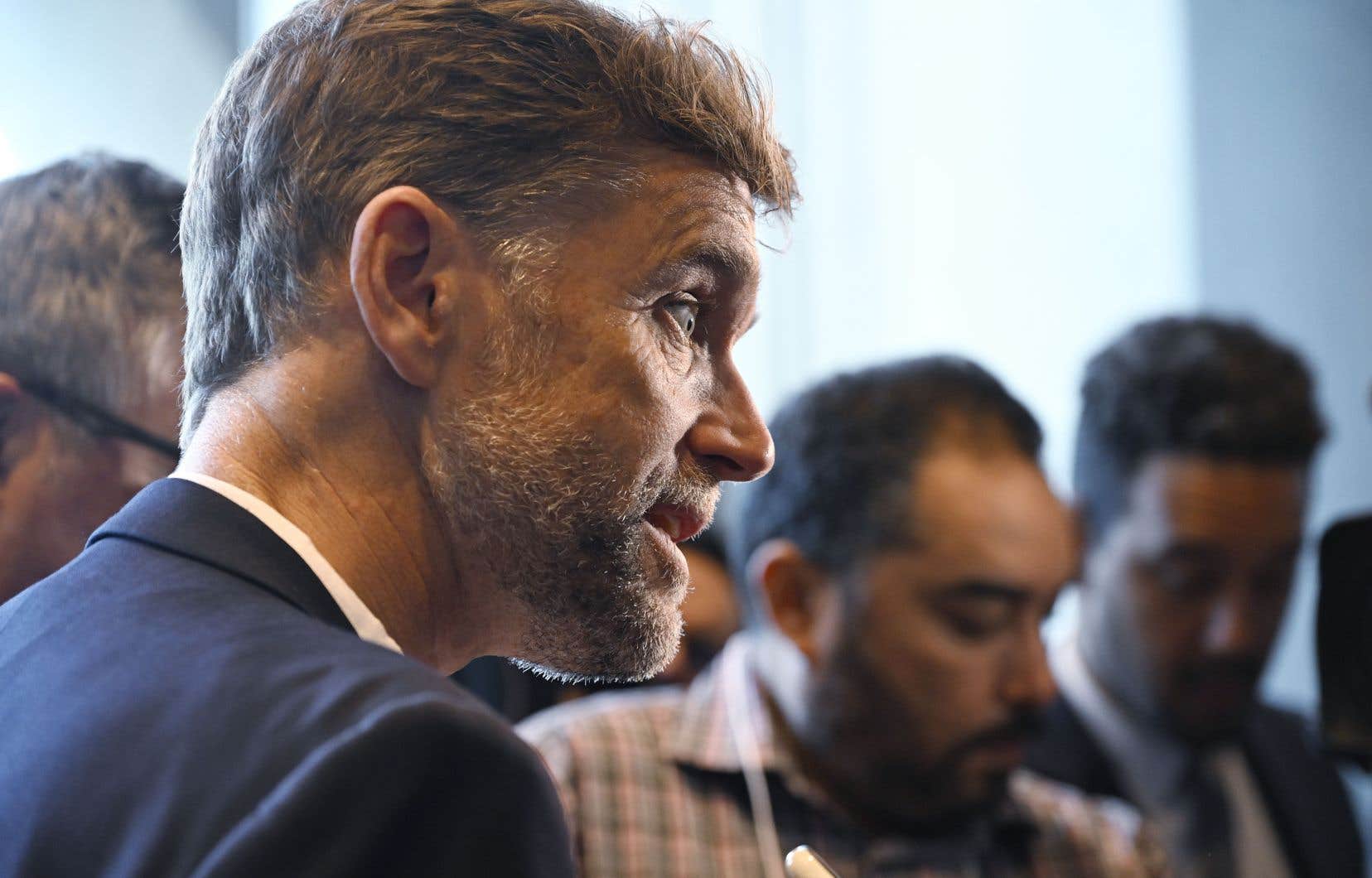The City of Quebec wants to put an end to homelessness and intends to mobilize the entire community, including the private sector, around this ambition.
“Putting an end to homelessness is a desire, I think, shared by everyone,” declared Thursday the mayor of the capital, Bruno Marchand, on the sidelines of the presentation of the City’s “very first vision on homelessness”. . Now, let’s be clear: it’s going to take time. »
Time and money. The mayor announced Thursday the granting of an additional $1.5 million to relieve the current crisis, increasingly visible in the streets and outskirts of the national capital. The sums that Quebec now devotes to homelessness reach four million dollars, underlined the mayor, “an increase of 135% compared to 2021.”
Investments are increasing in step with an ever-growing challenge: according to data from the most recent count, the number of homeless people jumped by 76% between 2018 and 2022 in the Capitale-Nationale region, going from 525 to 927 in just four years.
The City intends to play a unifying role in the fight against homelessness. “Gone are the days when we left people, especially in the community, alone in combat,” insisted Bruno Marchand. The vision presented Thursday, the result of consultation work begun last winter, is structured around five axes and stipulates that homelessness “is a community issue” where “we are all stakeholders in the solution. »
The mayor sets an “ambitious objective which does not tolerate having reduced homelessness by 50%”, without determining a timetable for achieving it. “At the end of the mandate, we will not have put an end to homelessness,” he said. If Finland is on a 30-year plan, Quebec City will certainly need several years. »
In a context where the vacancy rate for rents below $1,000 in Quebec is below 1%, more than 31,000 households spend more than a third of their income on housing and 2,000 others are waiting for subsidized housing.
The City wants to accelerate the pace in implementing its housing vision, which aims to build 500 social and affordable housing units per year, including 100 reserved for “vulnerable clienteles”. It also intends to develop the number of rooming houses on its territory and “improve support” to help the homeless find housing.
At the last count, 56% of homeless people surveyed wanted more help finding shelter. The vision includes involving the private sector to provide more affordable housing.
The vision also aims to increase the social participation of homeless people, in particular by encouraging their return to employment according to alternative daytime schedules.
Interspersed with major guidelines on the importance, for example, of “strengthening mechanisms for consultation and interdisciplinary exchanges”, the vision also provides for some more concrete measures, for example the multiplication of community bulletin boards easily consultable by homeless people to relieve their “digital divide”.
The City must present the action plan that will realize the vision presented Thursday in the first quarter of 2024.
